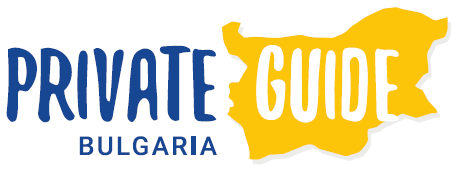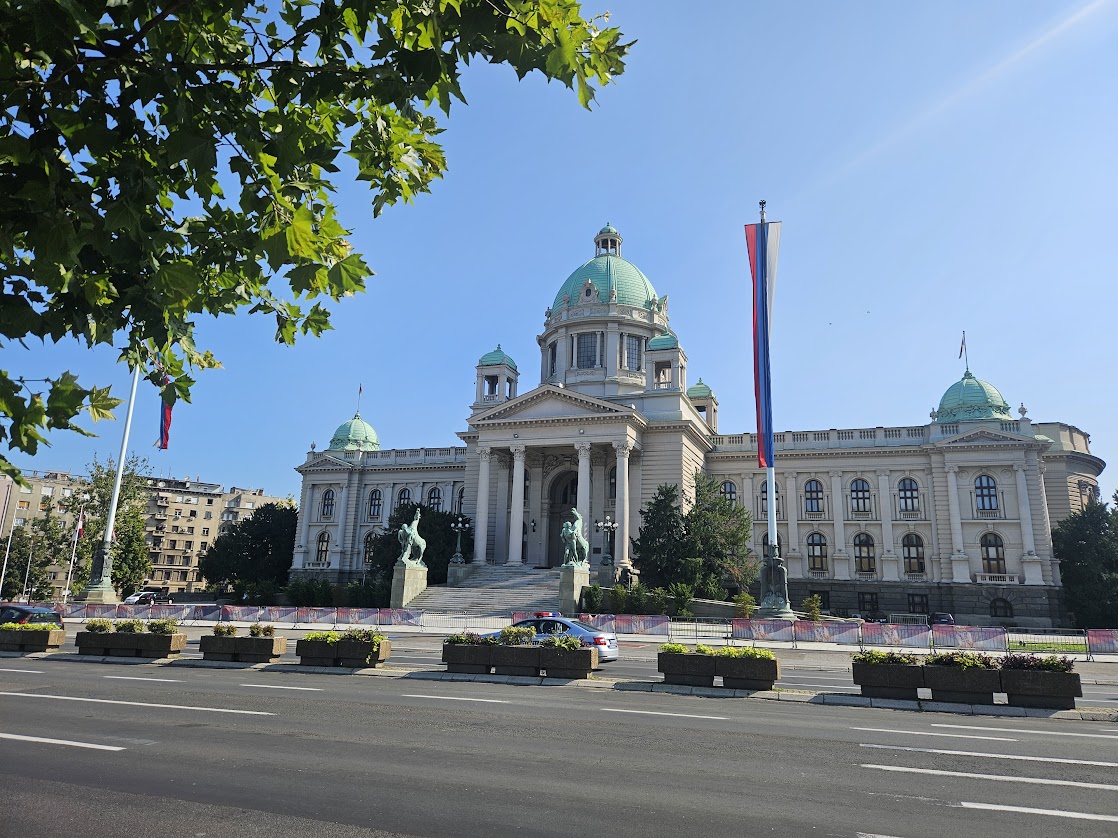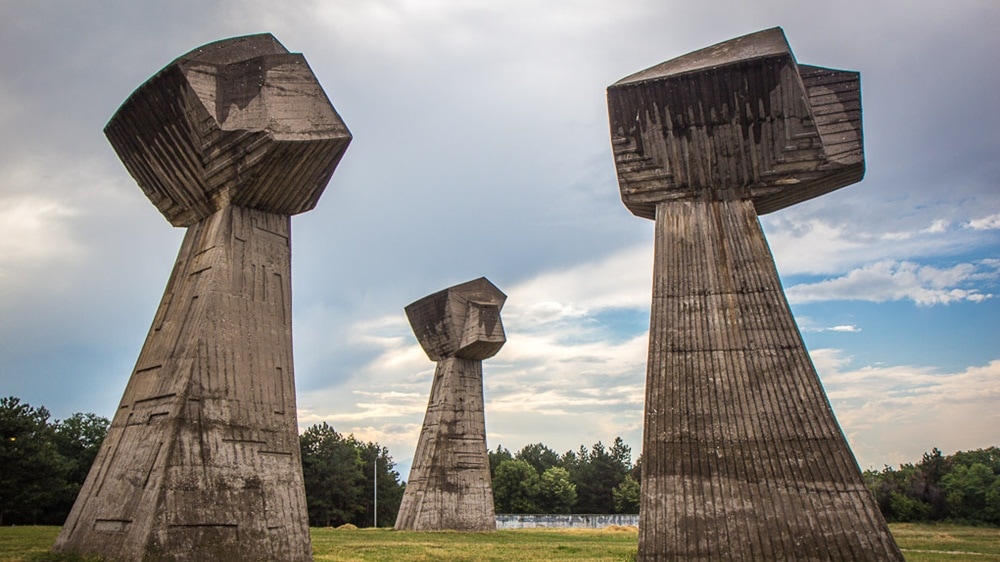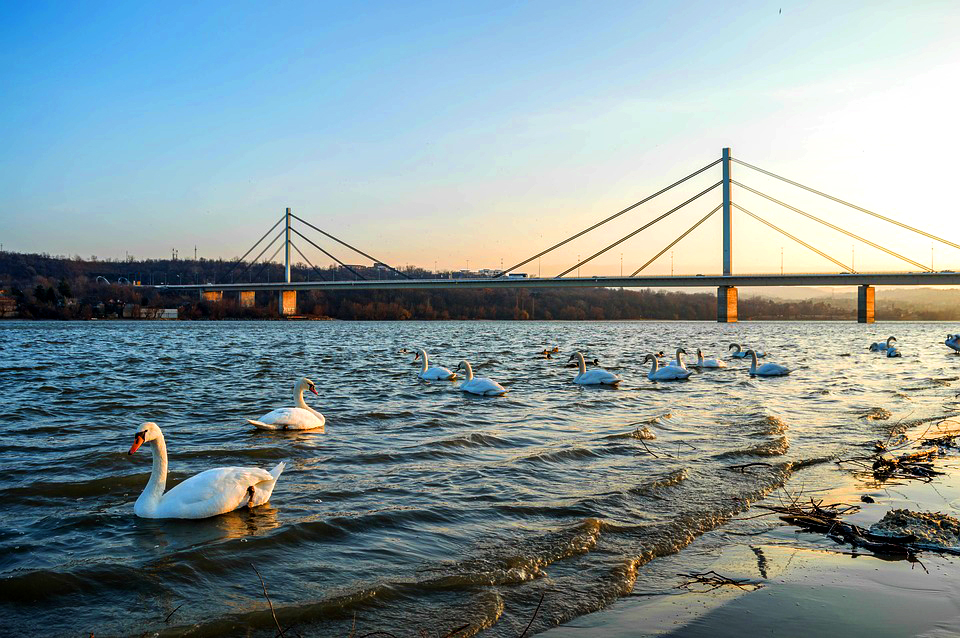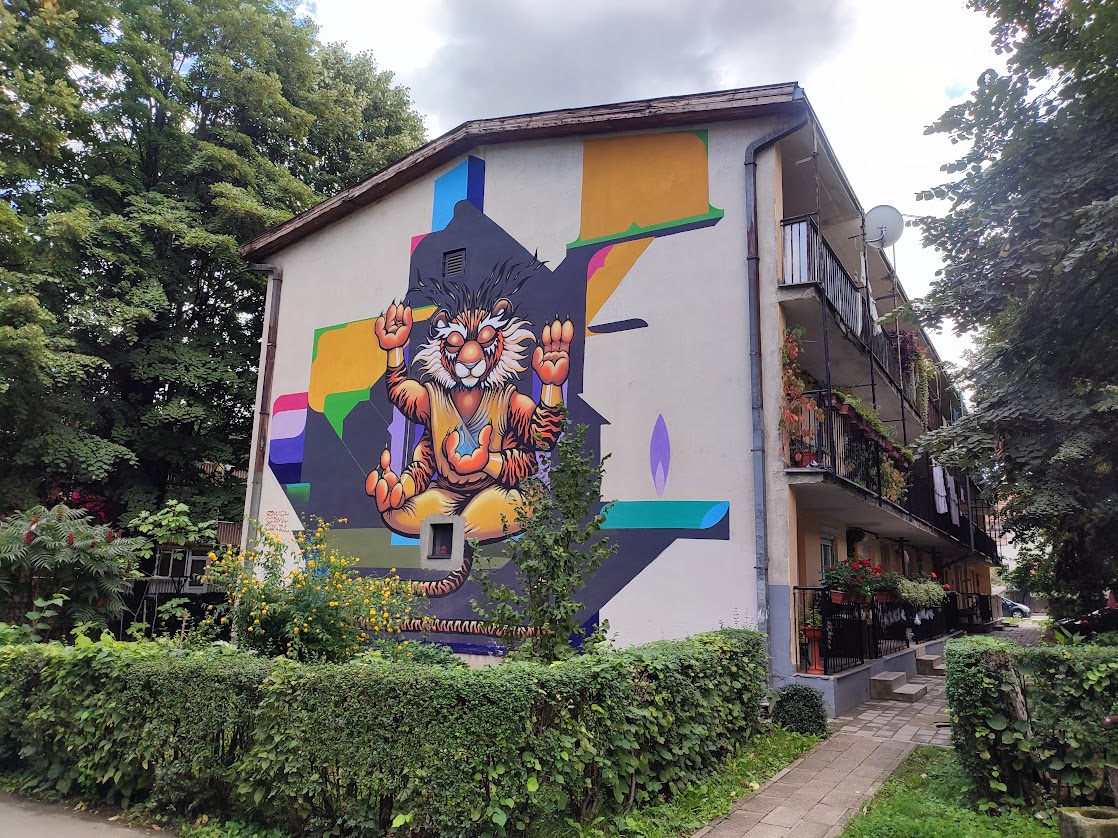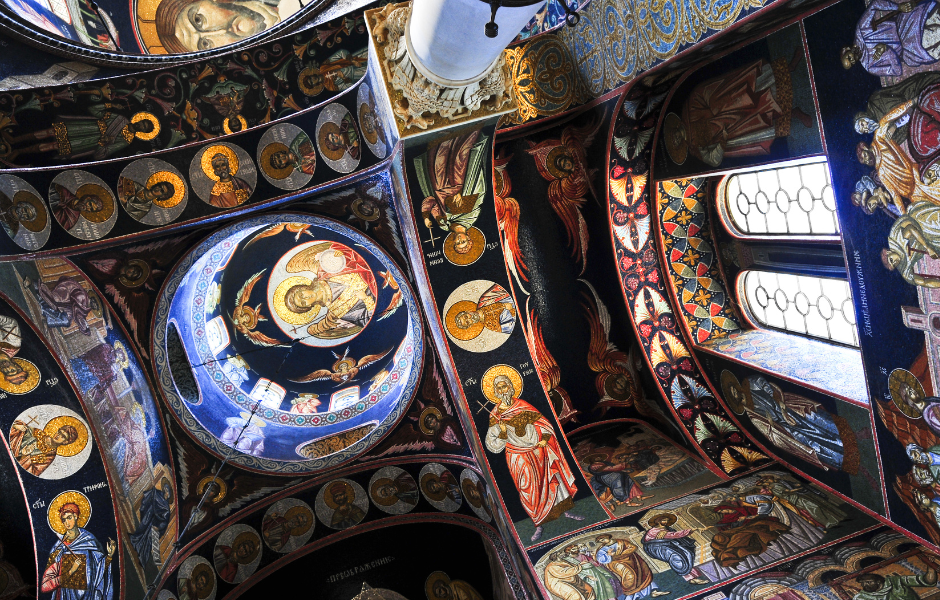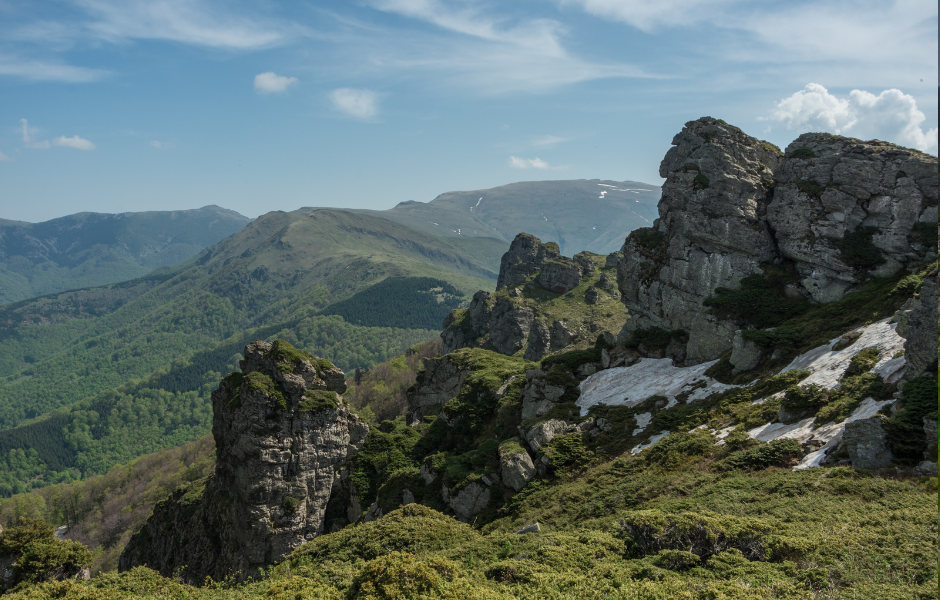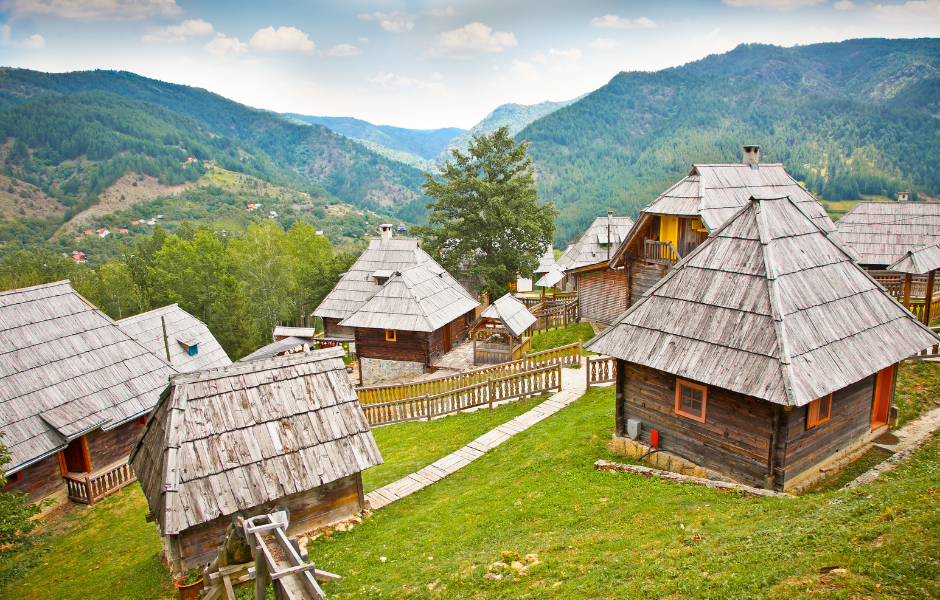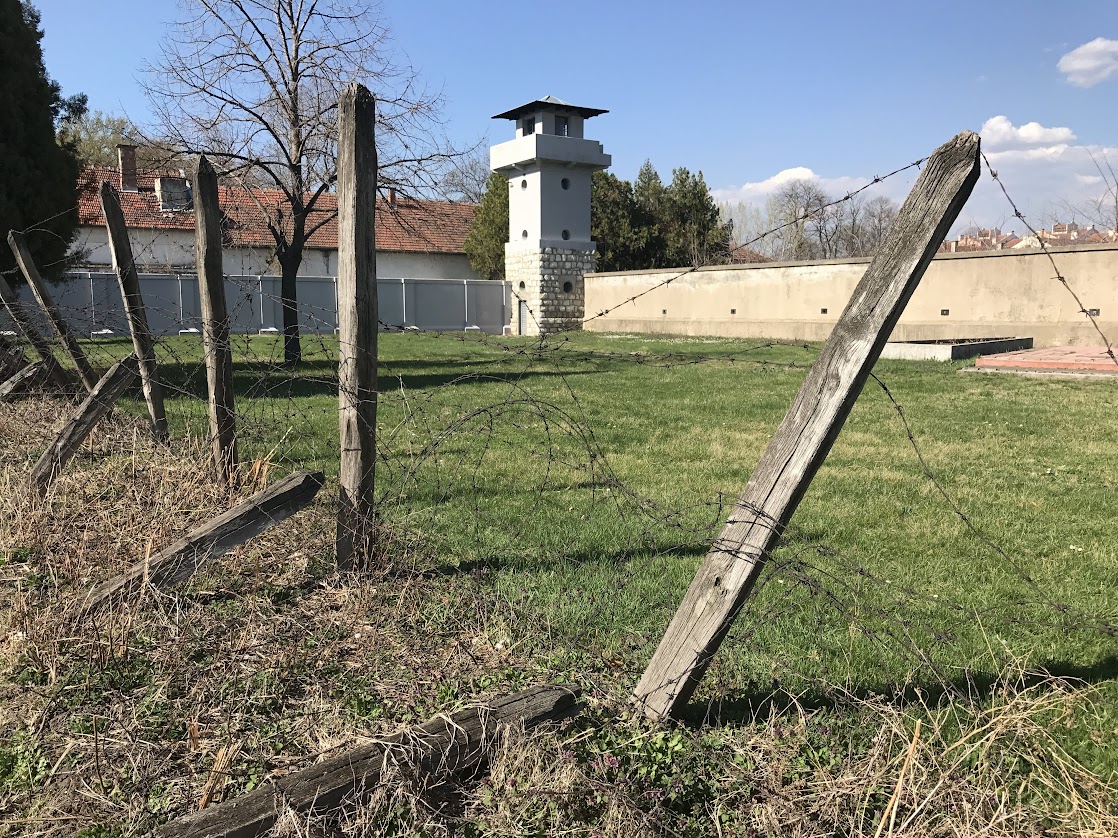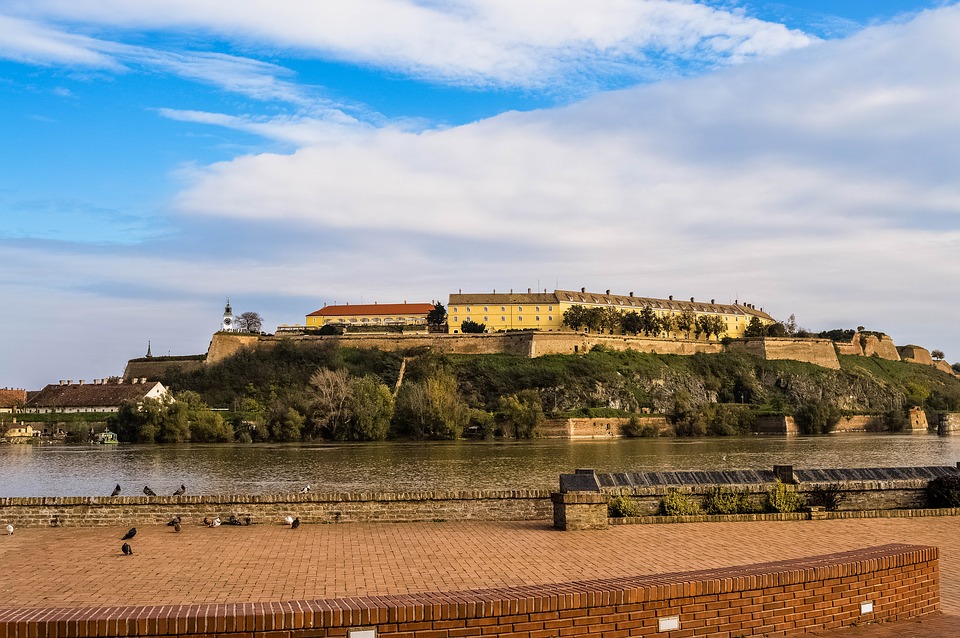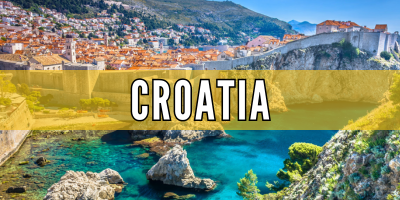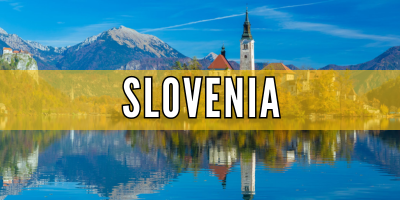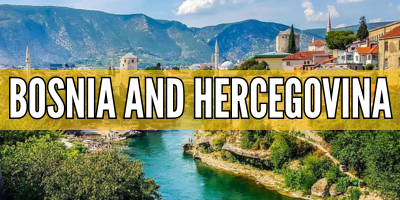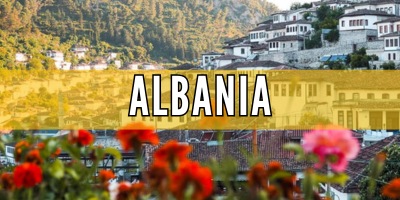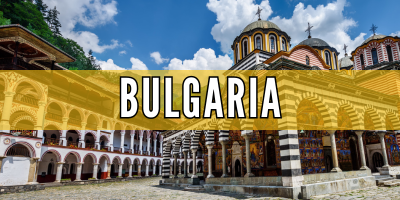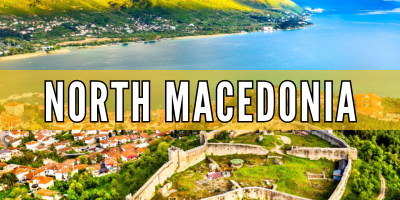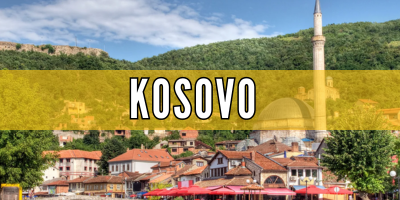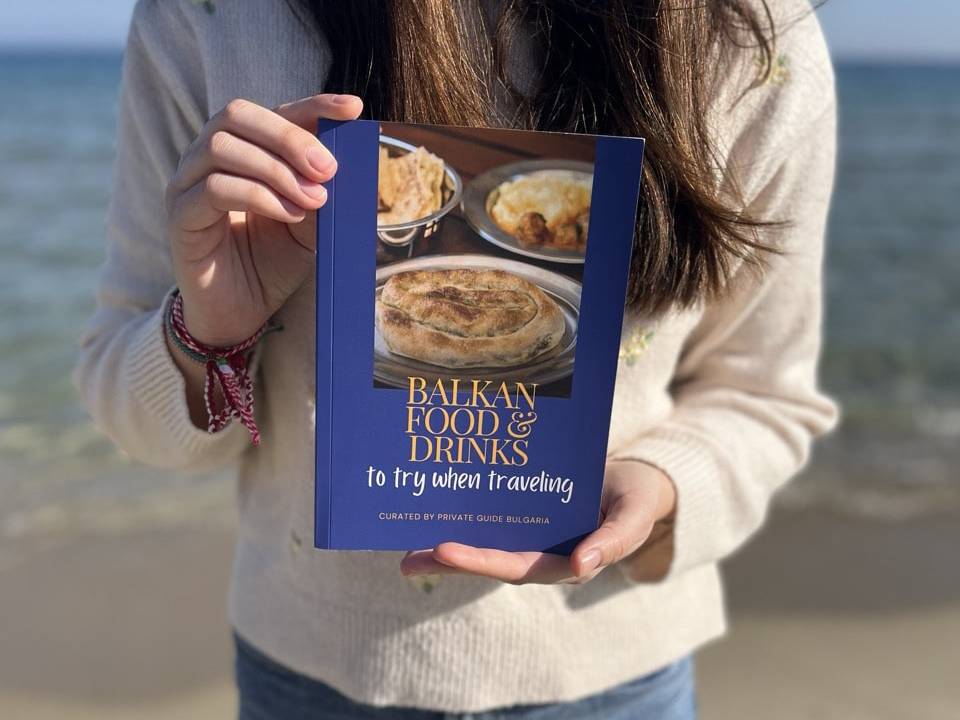Serbia – Balkan Tours by Local Guides
Take a Serbia Tour, Visit Significant Landmarks and Taste Delicious Food
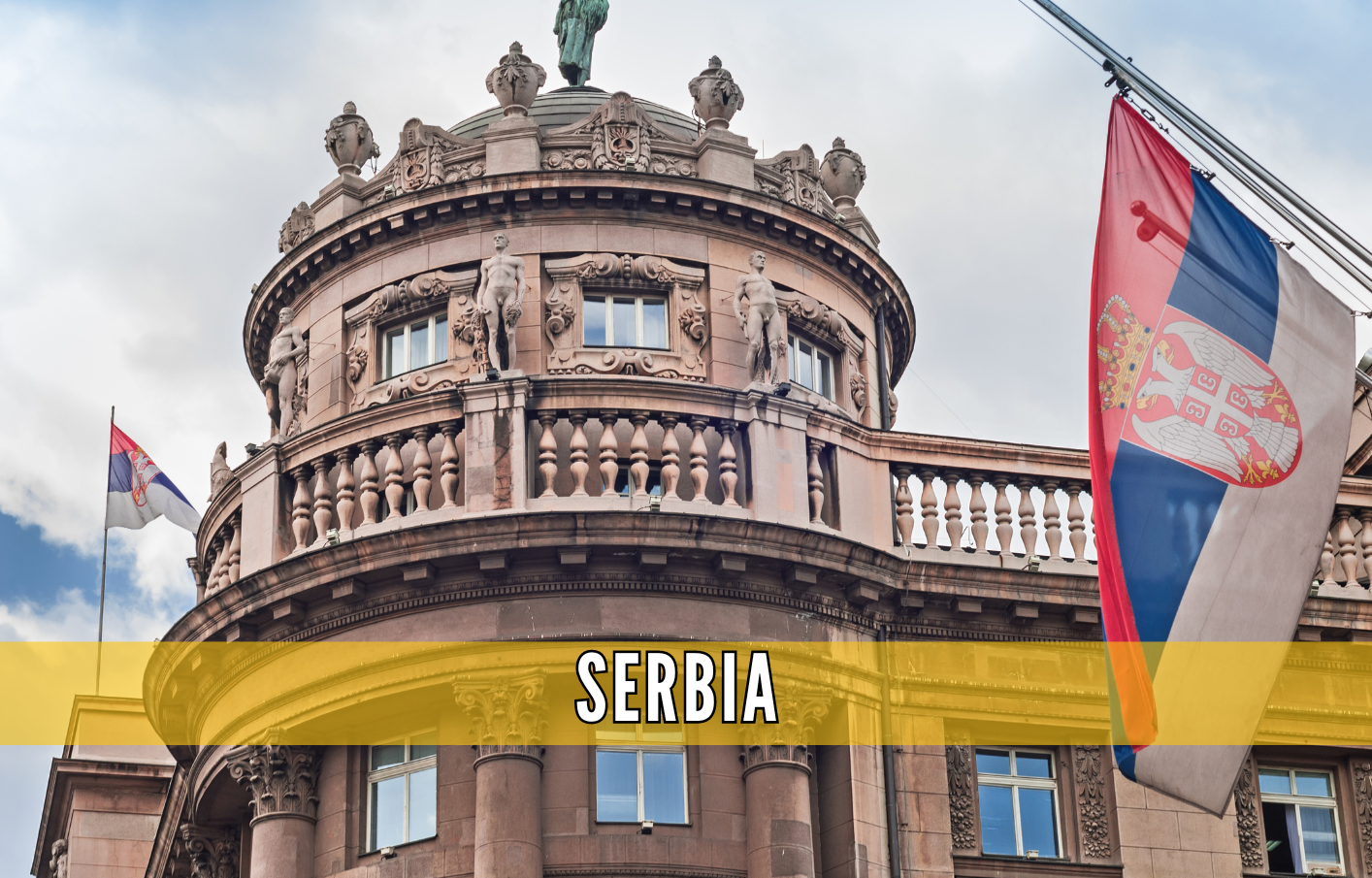
Serbia is a fantastic tourist destination with multiple cultural, historical and natural landmarks and a phenomenal cuisine. Serbs are famous for their BBQ, and we are certain you will enjoy tasting their meat delicacies. There is some main info about the country you should get acquainted with before embarking on your Serbia tour. Of course, this info is not enough to create a full picture of the destination, but it is a good start. We have prepared the main facts about Serbia, and we welcome you to take a look:
Population: 6,647,003
Capital: Belgrade
Local Currency: Serbian dinar (RSD)
Visa Requirements: No Visa Needed for EU citizens
Language: Serbian
Religion: 86.6% Christianity, 4.2% Islam, 1.1% No Religion
Activities to do: Sightseeing, Cuisine tasting, Hiking, Boat Trips, Festivals, SPA, Cultural Events
When to visit: Summer/Spring/Autumn
The country was part of the ex Yugoslavia until its dissolution in 1990. After that, Serbia and Montenegro formed the Federal Republic of Yugoslavia, which ended its existence in 2003, leaving both countries independent. Serbia has a rich cultural heritage, numerous Orthodox monasteries, medieval buildings, museums, and mausoleums.
Tourists are eager to explore this country for its warm hospitality, captivating history, and incredible attractions. You can visit Belgrade’s fortress or Novi Sad’s Petrovaradin Fortress and discover interesting facts about the past of the Balkans and their rich culture.
Some of Serbia’s natural landmarks include the Tara National Park and the Davolja Varoš rock formations. To visit Serbia with a guided tour, you must first handpick the cities and landmarks you wish to visit. We have outlined them for you in the following sections, so take a look and start planning your dream vacation. We will start off with some example itineraries of Serbia tours we have organised over the years and then proceed to look at some of the most popular landmarks in the region.
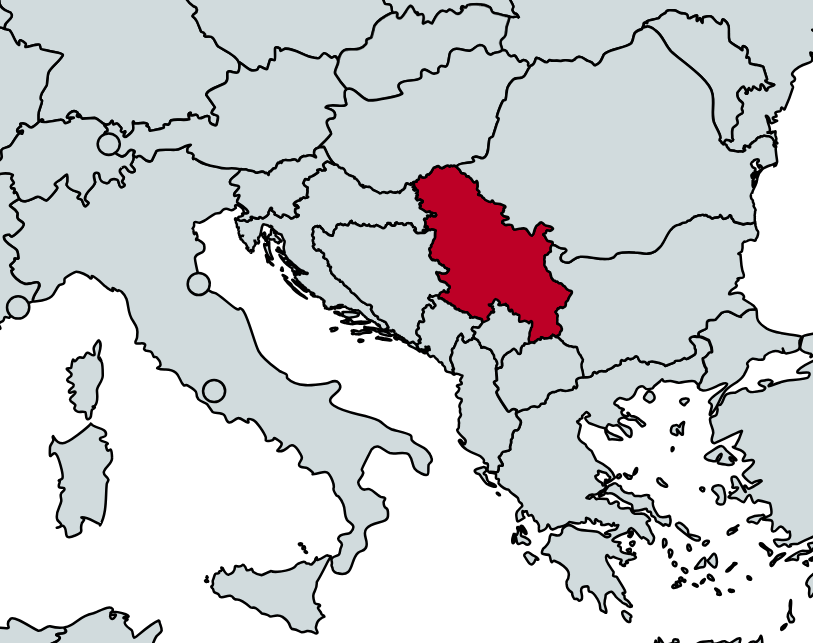
Example Itineraries Including Serbia:
Bosnia – Serbia – Romania – Bulgaria
Balkan Adventure 21 Days | 10 Countries
Grand Balkan Tour: 28 Days | 10 Countries
Ex Yugoslavia Tour
All Balkan Tours
Bosnia – Serbia – Romania – Bulgaria – Macedonia
Serbia – Croatia – Slovenia – Montenegro – Bosnia
Serbia – Romania – Bulgaria – North Macedonia – Kosovo
Serbia – Croatia – Slovenia – Bosnia – Montenegro – Albania
Bosnia – Serbia – Romania – Bulgaria – North Macedonia – Kosovo
Serbia – Romania – Bulgaria – Nоrth Macedonia – Kosovo – Albania
Serbia – Romania – Bulgaria – Nоrth Macedonia – Kosovo – Albania – Montenegro – Bosnia
Start Planning Your Adventure!
Send us your your travel ideas including all the places you want to visit during your Balkan tour and we will turn them into an itinerary
Belgrade
Belgrade is the capital of Serbia and the country's cultural and economic hub. There are numerous historical landmarks that can be visited in Belgrade, such as the Kalemegdan Fortress, St. Sava Temple and Skadarija - the cobblestone street in the Old Town, perfect for shopping and tasting the unique Serbian cuisine. Among the most popular dishes in Serbia are the pljeskavica, sarma, ćevapi, ajvar, gibanica and many more. If you are fascinated by history and culture, the National Museum in Belgrade might pique your interest, as it has over 400,000 unique exhibits. You can also take a walk in the Topčider Park or the river island called Ada Ciganlija.
Niš
When visiting the third largest city in Serbia, you should go to the Niš Fortress, which played a crucial role in defending the region during the Ottoman rule. Nowadays, you can visit the museum that is located there and take pleasure in observing the breathtaking panoramic views of Niš. Also, don’t forget to visit Mediana - the birthplace of Emperor Constantine. There is also a famous film festival in the area, which takes place annually.
Novi Sad
Novi Sad is known as the Serbian Athens due to its historic architecture, cultural events and vibrant atmosphere. Among the most prominent landmarks in the area worth visiting are the Petrovaradin Fortress, the pedestrian area along the riverbank of the Danube River, known as the Strand and the historic Old Town. You can also visit the Serbian National Theatre and the Museum of Vojvodina. If you enjoy nature, you should also explore the Fruška Gora National Park - a popular destination known for its monasteries, vineyards and hiking trails. In short, your options for exploring the town are countless!
Čačak
Čačak is a city located on the Morava River valley in Central Serbia and is a part of every guided Serbia tour. You can take a walk in Gradski Park, a serene and predominantly green area perfect for numerous outdoor activities. A top tourist stop is the National Museum, where you can discover unique archaeological artefacts. Another significant landmark of the region dedicated to those who have fought for freedom is the World War II Memorial Park. Of course, you can also taste the impeccable national cuisine in Čačak.
Visit some of the most prominent museums in Serbia
If visiting museums is a hobby of yours when on a trip, consider checking out some of the top Serbian museums worth exploring. Some of the best ones are the Museum of Aviation, the Museum of Yugoslav History and the Museum of Science and Technology. If you are interested in learning more about historically significant people, visit the Nikola Tesla Museum and Josip Tito’s Mausoleum.
Topola Church of St. George and Oplenac
The Church of St. George and Oplenac are historically and culturally significant sites in Topola. The Church of St. George (Crkva Svetog Đorđa) was built in Byzantine at the beginning of the 20th century. The Royal Complex Oplenac is situated on top of the Oplenac Hill and includes the Mausoleum and estate of the Karadjordjević family. The complex is surrounded by vineyards and beautifully landscaped gardens, which create a majestic atmosphere. A fun place to visit, indeed!
Stara Mountain – Babin Zub & Midzor
The Stara Planina, which spans across Southeastern Europe and passes through two Serbian cities, is a great destination for those seeking outdoor activities. Hiking in the Babin Zub and Midzor peaks promises a great adventure to the adrenaline junkies. Due to the region's rich biodiversity and splendid natural sites, you can try hiking, mountaineering, climbing, photography and naturalistic observation there. Stara Planina is the perfect place for nature lovers, as the landscapes are breathtaking!
Sremski Karlovci
Sremski Karlovci is a culturally significant Serbian town with Baroque architecture and winemaking traditions. This town has a long history dating back to Roman times when it was the religious centre during the Habsburg Monarchy. You can visit the Museum of Beekeeping and Wine Cellars to learn about the town's agricultural heritage. You can embark on a wine-tasting tour since the region is famous for its quality wines, especially Bermet. Take your glass with you and enjoy the trip!
Drvengrad (Mokra Gora)
Mokra Gora is an exceptional region in the western part of Serbia, which features natural wonders, traditional villages and the iconic Šargan Eight heritage railway. The town is situated in the Dineric Alps, surrounded by breathtaking natural landscapes and lush greenery. Drvengrad, also known as Mecavnik, is the ethnic village which serves as a film set. It has wooden houses, cobblestone streets, galleries and churches. When in Mokra Gora, you can visit the Tara National Park, which offers various outdoor activities to visitors.
Red Cross concentration camp in Niš
The Red Cross concentration camp in Niš was created during World War II, around the time Yugoslavia was occupied. Crveni Krst (Red Cross) operated from 1941 to 1944 and was primarily used for the internment and persecution of various groups. The inmates of this camp were all those considered a threat to the occupying forces, including Serbs, Jews, Roma and others. Nowadays, the site features memorials and commemorative plaques honouring the memory of the victims who occupied the camps. It is an excellent destination for history buffs fascinated by World War II and concentration camps.
Petrovaradian fortress in Novi Sad
The Petrovaradian fortress in Novi Sad is situated on the right bank of the Danube River. The fortress has a long history dating back to the 17th century during the Habsburg era. It is designed with a star shape, and one of its most distinctive features is the clock tower. The clock has its minute and hour hands reversed to help citizens distinguish between day and night. Its strategic location played a vital role in the defence strategy during the Austrian-Ottoman wars.
When on your Serbia tour, there are multiple activities you can try, some outdoor and some indoor, all of which will create unforgettable memories. We have listed some of them below, and we welcome you to look at them and decide which ones you wish to explore and which are not your cup of tea. Bear in mind that we always consider our clients' preferences when building the trip itinerary, so feel free to contact us with any ideas you might have regarding your dream Balkan tour. When in Serbia, you are advised to take up some, if not all, of the following:
- Take a walk in Kalemegran Park
- Walk the Belgrade Waterfront
- Go to the beach or ride a bike on Ada Ciganlija
- Explore Belgrade’s nightlife
- Eat Serbian BBQ
- Drink Serbian rakia
- Go shopping
- Take a guided city tour of Belgrade
1. Is Serbia good for tourists?
Yes! Serbia is a great tourist destination, as there are many things to see and do there. There are numerous fascinating museums, hiking sites, breathtaking natural landscapes, tasty one-of-a-kind cuisine and various culturally significant historical sites.
2. Is it safe to travel to Serbia?
Serbia is undoubtedly a safe destination. However, some specific circumstances might change that, so always check beforehand. The short answer to this question is no, but one must always stay informed to make responsible travel decisions.
3. Is Serbia cheap to visit?
Absolutely! Serbia is an affordable destination, especially compared to most Western European destinations. The accommodation, food, transport and entry fees will definitely not be a great financial burden to you.
4. Which month is best for Serbia?
It depends on the activities you wish to try and the places you plan to visit. Usually, the best time to visit is during spring, summer and autumn due to the warm weather.
Embark on the Serbian tour of your dreams with us
- A 100% unique experience designed for your needs and wishes.
- Insights from friendly locals.
- Seamless organization of your itinerary.
- Carefully selected accommodations and dining places.
- Licensed expertise in the entire Balkan region, including history, cuisine, traditions and many more.
- Hassle-free transportation by car.
Start Planning Your Balkan Tour
Contact us now and share your travel ideas. We will do our best to build the best Balkan itinerary for your group.
